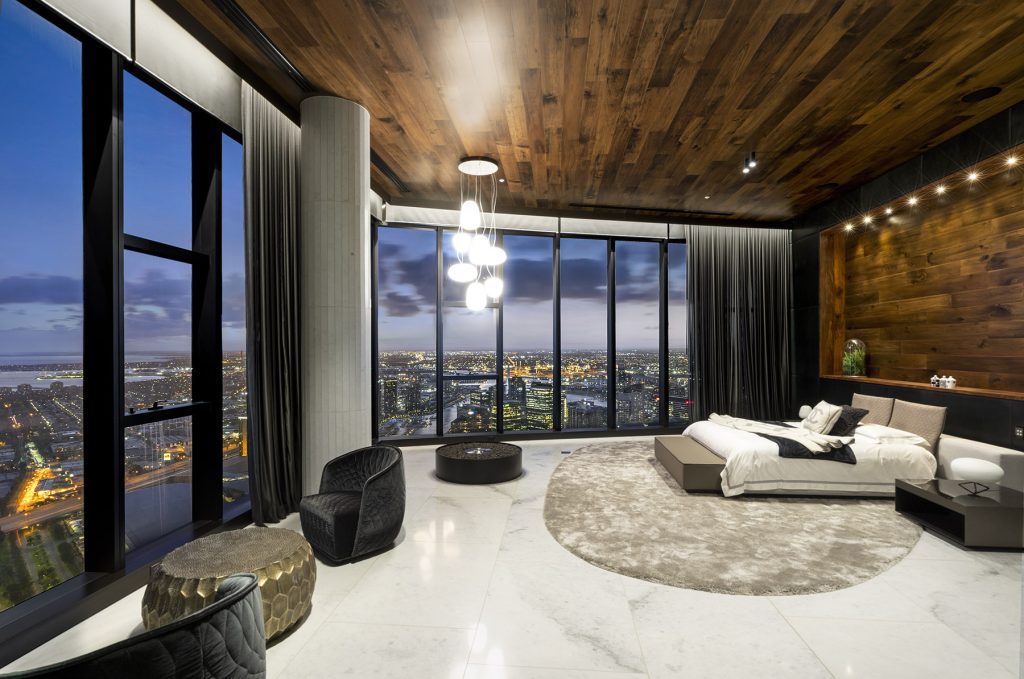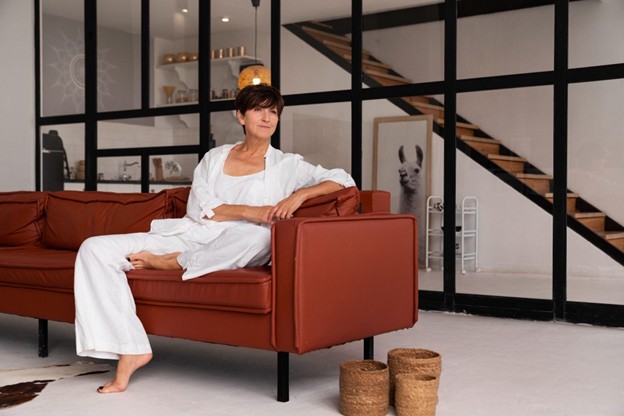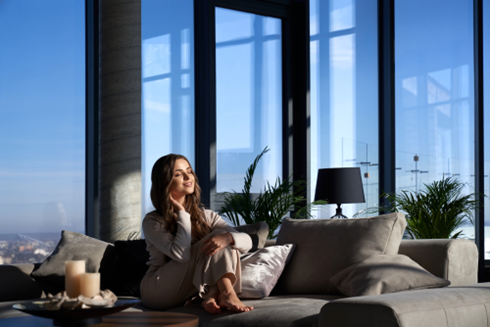In Melbourne’s vertical skyline, penthouse Melbourne living has become synonymous with privacy, elegance, and urban exclusivity. Yet, with every glass facade and panoramic view comes a subtle challenge—noise. Whether it’s the low thrum of traffic from St Kilda Road, the pulse of music drifting across the Yarra, or the inevitable echoes of neighbouring apartments, sound control is no longer an afterthought. In fact, it has evolved into a hallmark of luxury living.
Today, acoustic engineering isn’t simply about muffling noise. It’s about crafting environments where you can savour a glass of wine without interruption, where sleep is undisturbed despite the city below, and where the soundscape inside your penthouse is tuned as carefully as the design details you can see and touch.
Why Acoustic Engineering Matters in High-Rise Living
Penthouse apartments occupy prime positions at the top of towers, which means they are exposed to multiple sources of sound intrusion. Common challenges include:
- External noise: Aircraft, city traffic, trams, and construction sites.
- Internal building noise: Lifts, plumbing systems, and footsteps on upper terraces.
- Neighbouring spaces: Even luxury developments can face issues with lateral sound transfer.
Acoustic engineers identify these sources and map out how sound waves move through materials and air spaces. The aim isn’t just silence—it’s precision. Effective soundproofing provides clarity, balance, and comfort, creating a living environment where every sound is intentional.
Materials Driving Innovation
The designs of modern penthouse in Melbourne incorporates advanced materials to counter noise. Some of the most effective include:
- Laminated acoustic glass: Multi-layered panels reduce external noise by up to 57% compared to standard glazing. This technology is particularly effective in penthouses with expansive windows overlooking busy streets.
- Mass-loaded vinyl (MLV): A dense yet flexible barrier used in walls, ceilings, and floors, MLV blocks airborne noise without adding bulk.
- Resilient channels: These metal strips decouple plasterboard from structural framing, interrupting sound vibrations.
- Acoustic underlayments: High-density foam or rubber materials beneath timber or stone floors reduce impact noise—ideal for gathering areas.
According to the Australian Building Codes Board, demand for acoustic materials in high-density housing is expected to grow at a rate of 5.7% from 2025 to 2033, reflecting both regulatory changes and consumer preferences.
Design Techniques for Penthouse Soundproofing
Acoustic engineering goes beyond materials—it also relies on design strategies that anticipate how sound behaves.
Zoning and Layout
Bedrooms and relaxation zones are placed away from high-noise areas such as lifts, communal spaces, or mechanical plant rooms.
Floating Floors
Vibrations are absorbed before they travel through the building by using cushioning materials to separate the flooring from the structural slabs.
Double-Stud Walls
Two separate wall frames with an air gap in between dramatically reduce sound transfer compared to single-stud construction.
Ceiling Treatments
Suspended ceilings with acoustic insulation prevent sound leakage between levels, which is critical in split-level penthouses.
Sealing and Detailing
Even the most minor gaps around doors, skirtings, or service penetrations can compromise acoustic performance. Engineers frequently specify acoustic sealants and door drop seals to ensure total isolation.
The Role of Smart Technology
Recent advances in smart home integration allow soundproofing to extend beyond static barriers.
- Active noise cancellation systems now adaptively counter unwanted sound waves, similar to premium headphones but at room scale.
- Acoustic zoning controls let you fine-tune the sound environment in different rooms, creating quiet zones in bedrooms while allowing livelier acoustics in home theatres.
- IoT-enabled monitoring provides data on noise levels over time, ensuring acoustic measures are performing as intended.
Melbourne developers have begun integrating these systems in luxury penthouses to cater to discerning residents who expect personalisation at every level.
The Psychology of Quiet
Acoustic comfort isn’t only about blocking sound; it has measurable effects on well-being. The World Health Organisation notes that prolonged exposure to noise above 40 decibels can cause sleep disturbance, cardiovascular stress, and reduced concentration. By contrast, carefully managed acoustic environments promote relaxation, enhance productivity, and improve overall quality of life.
For a penthouse Melbourne, this isn’t just a technical advantage—it’s a lifestyle one. Residents can enjoy the vibrancy of Melbourne’s cultural core while retreating into spaces of calm designed for their peace of mind.
Conclusion
Soundproofing in Melbourne’s modern penthouses is no longer about simply shutting out noise—it’s about sculpting silence and clarity into the fabric of your home. With advanced materials, intelligent design, and cutting-edge technology, acoustic engineering has become an invisible luxury that defines how comfortably and privately you can live at the pinnacle of the city.
At Melcorp Luxe, we specialise in presenting penthouse residences where these innovations are standard, not optional. If you’re considering elevating your living experience, explore our collection of Melbourne’s finest penthouses and experience how serenity can transform the way you live. Contact us today to discover your next penthouse Melbourne retreat.










